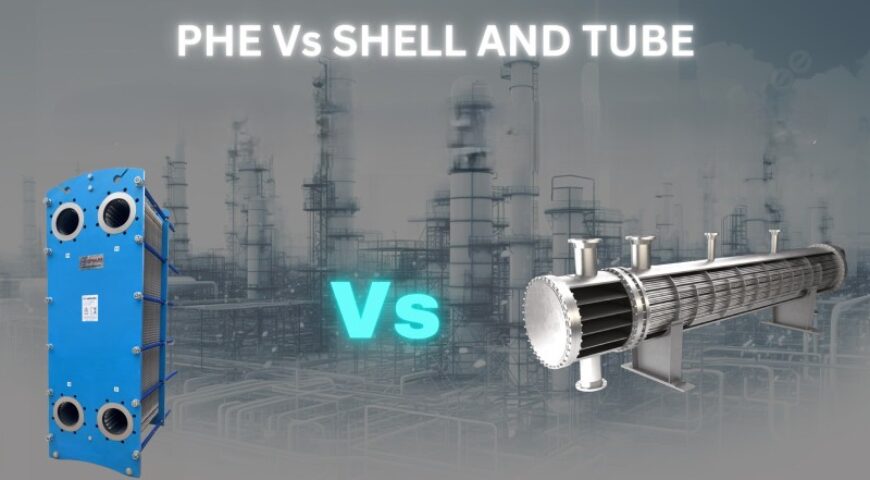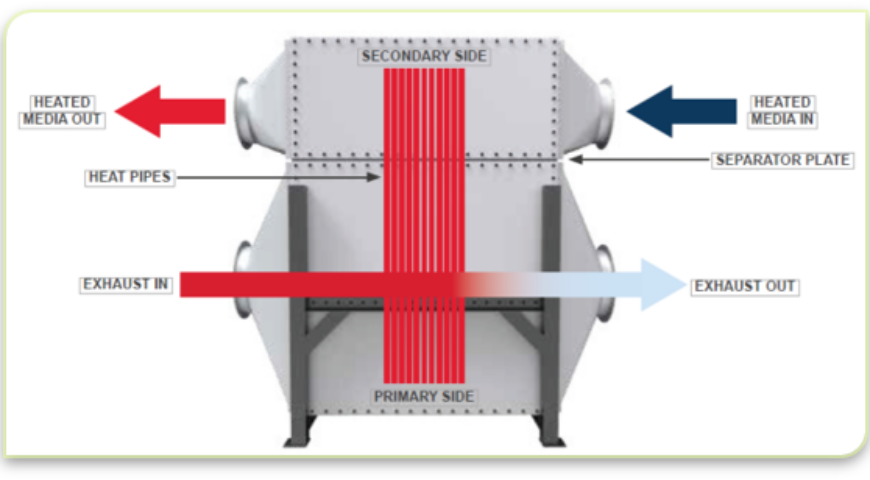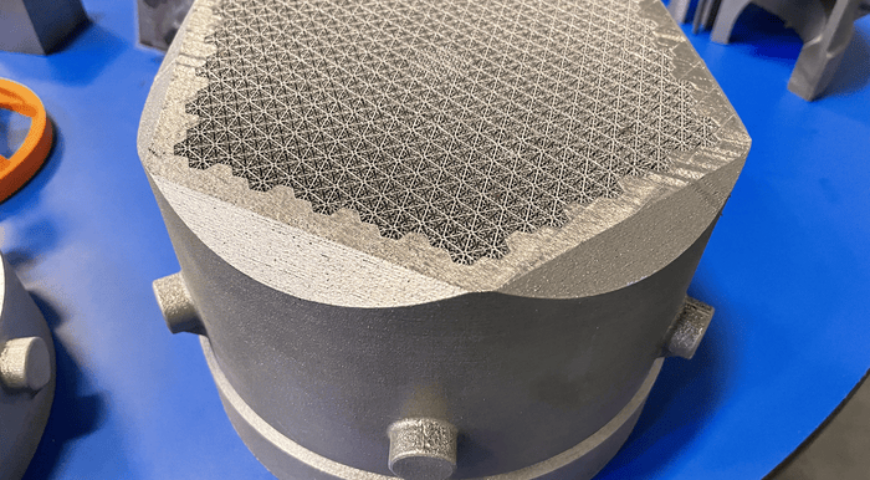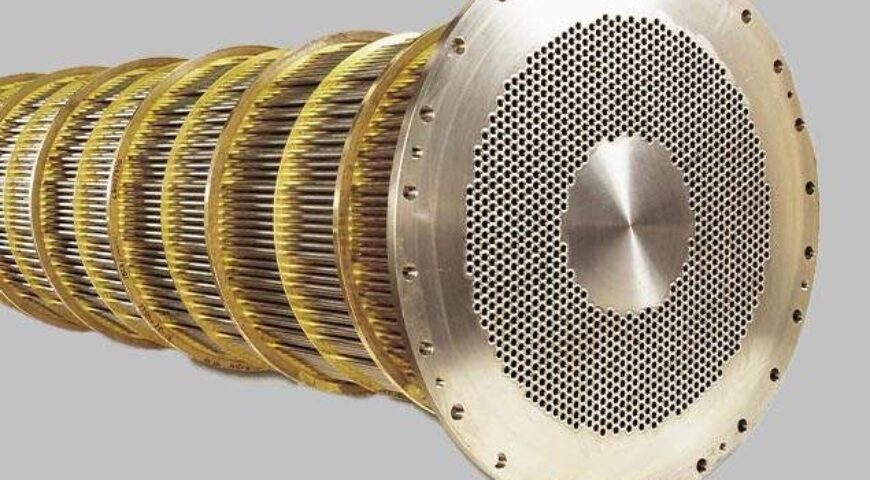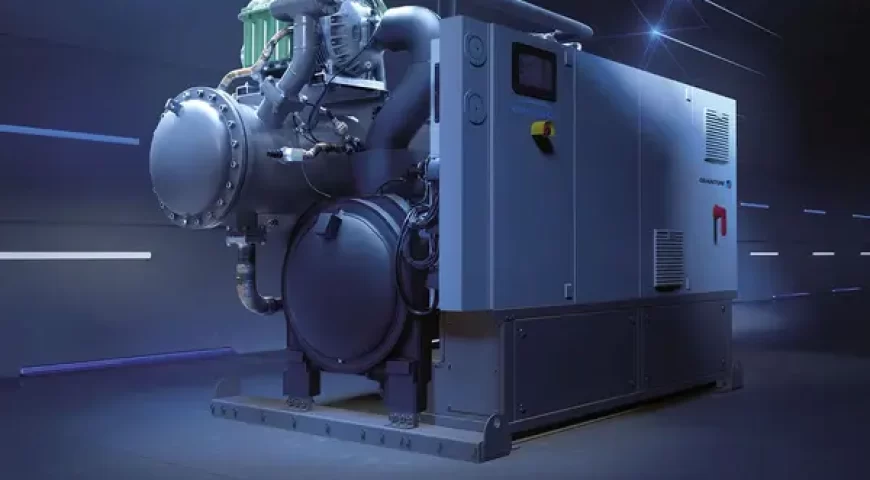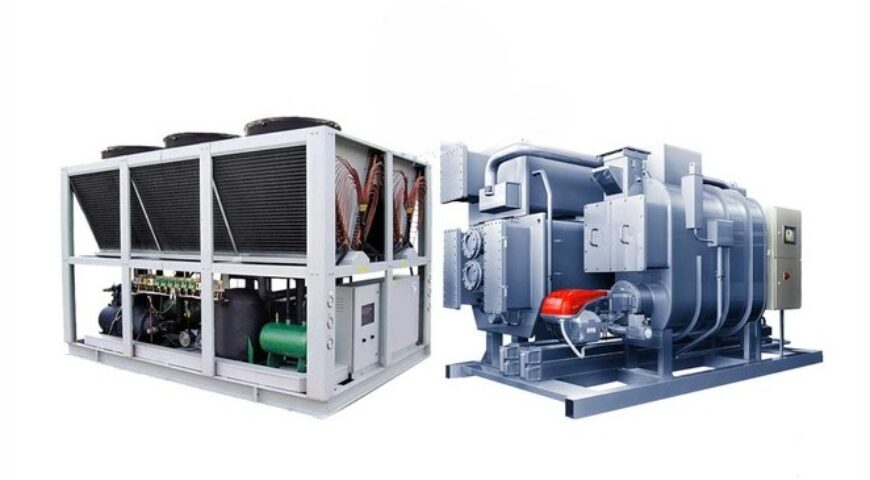Introduction Plate Heat Exchangers vs Shell and Tube Heat Exchangers are two of the most widely used designs, each offering distinct advantages based on factors like efficiency, space requirements, durability, ease of maintenance, and cost-effectiveness. Choosing the right type of heat exchanger is not a one-size-fits-all decision; it depends on specific operational needs, such as […]
- Home
- About Us
- Heat Exchangers
- Cooling Towers
- Fanless Cooling Tower
- Bottle Shape Cooling Tower
- Square Shape Cooling Towers
- FRP Multi Cell Cooling Towers
- Pultruded FRP Cooling Towers
- Single Crossflow Cooling Towers
- Double Crossflow Cooling Tower
- Dry Cooling Towers
- Wooden Cooling Tower
- Closed Circuit Cooling Tower
- Turbine Cooling Tower
- Forced Draft Cooling Towers
- Closed Circuit Hybrid Cooling Tower
- Contact us
91 6379 00 3383

